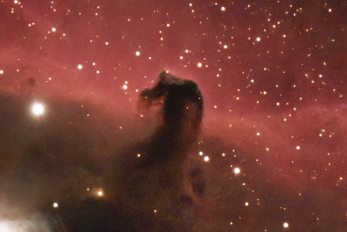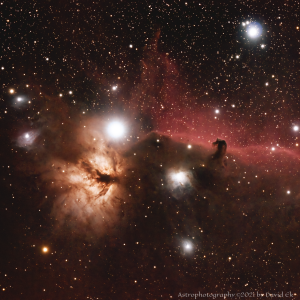Post-processing astro images is probably one of the most challenging parts of the astro imaging process. So I’m always on the lookout for tools that can help me improve my images. One tool I recently added to the toolbox is Denoise AI from Topaz Labs.

Original Horsehead 
Horsehead with reduced noise
While Photoshop and (my image processing package of choice) Affinity Photo both include noise reduction tools, they are only modestly effective when astro images contain a lot of noise (a common problem for astro image processing). Applying more than modest amounts of noise reduction using these tools often results in unwanted degradation of image quality. Denoise AI had been getting a fair amount of exposure lately (including by Trevor Jones on his AstroBackyard blog) so I thought I’d give it a try when it went on sale over the Christmas holiday season. Bottom line is that I’m pretty impressed by what it can do for my images.
The Horsehead Nebula before and after images above demonstrate at a glance the difference that Denoise AI can make in an image. The full images are here below. First, the image without noise reduction from Denoise AI:
Here is the same image after Denoise AI was used to reduce noise in the image:
Especially in the red nebulosity around the horse head, the reduction in noise is apparent.
Denoise AI functions as a plug-in for Photoshop and Affinity Photo and also as a stand-alone tool, so there is some flexibility in how you use it. It has a couple different modes for reducing noise, both of which are adjustable so you can choose the right amount of noise reduction (and optional sharpening) for your image. Denoise AI has definitely been a valuable addition to my image processing toolbox.


